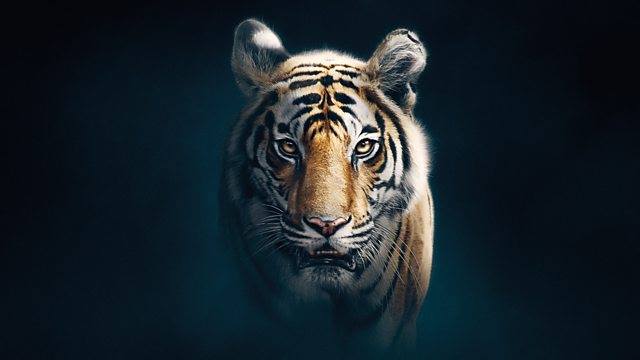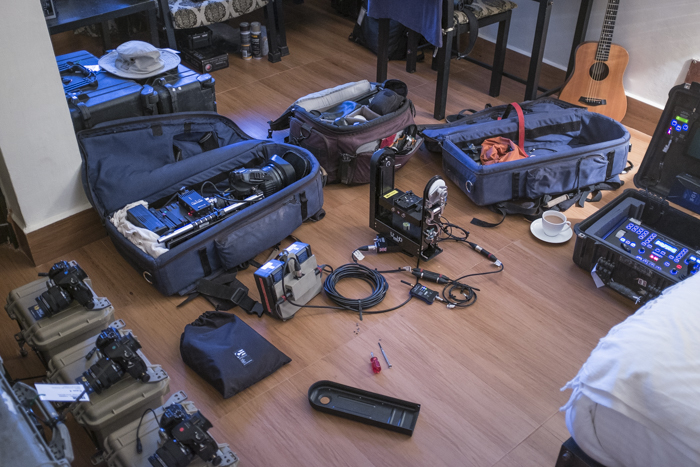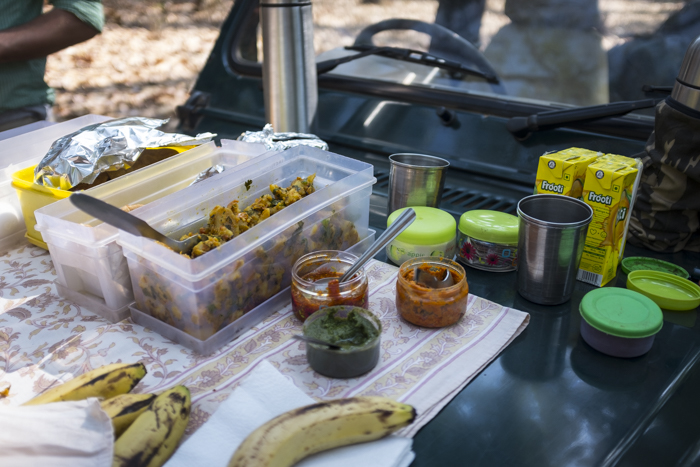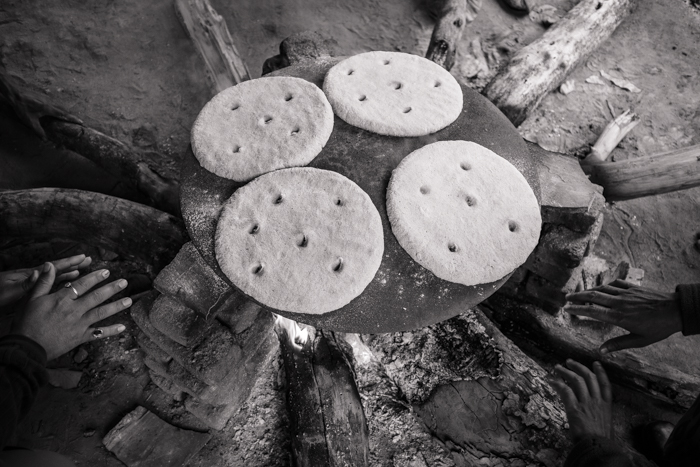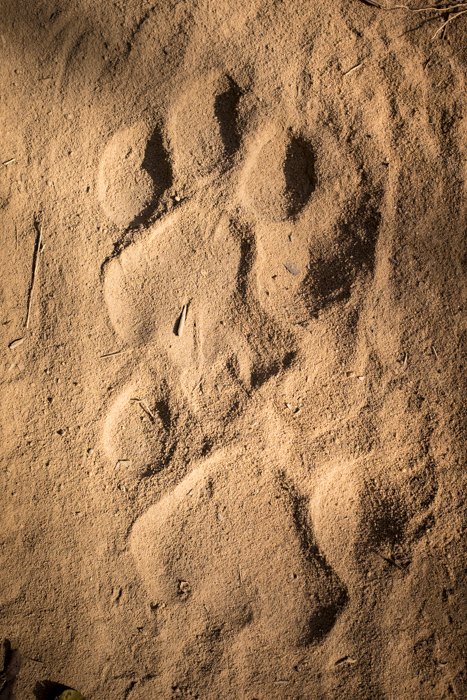The final film of BBC1’s Dynasties series, Tiger, will be broadcast at 8pm on Sunday 9th December.
This is the second Dynasties film that I worked on, and I spent two and a half years on my life alternating between filming in India for Tiger and Senegal for Chimpanzee. The two films were very different beasts, literally and metaphorically.
With Chimpanzee we covered the story of the complex social world that chimps inhabit, and we ended up with a Shakespearean drama involving strong characters who revealed themselves to us as we filmed. We had the benefit of being immersed in the chimp world on every one of our 200+ filming days, and would often spend many hours within a few metres of our key characters. Chimps are very similar to us as humans, we can read and understand their behaviour like no other species.
Filming for Tiger was very different.
Tigers are solitary carnivores, they don’t live in complex societies, we can’t relate to them in the same way we can to an ape, and their lifestyle as predators means that they spend a huge amount of their time doing absolutely nothing.
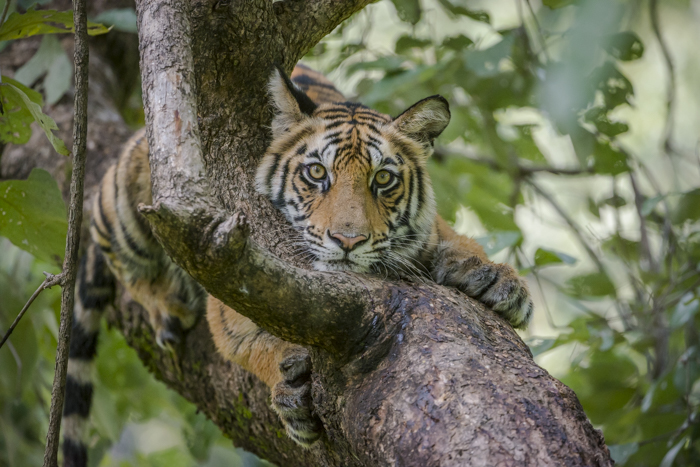
With the chimps we were on foot, and could move with them wherever they chose to go, with the tigers we worked largely from vehicles restricted to the road network in the park. It was never easy filming the chimps, but at least you could usually see them, with the tigers, even with our brilliant team of guides, drivers and mehouts (elephant handlers), we could go for days without even a sighting of one, let alone a meaningful filming opportunity.
So we were faced with trying to piece together the story of the life of one tigress, named Raj Bhera, from fragmented glimpses; rather like trying to plot the course of evolution from the fossil record. As time passed we learned more about her as an individual, we could start to make good guesses about what she was up to; where she had been, with whom she’d interacted or if she’d hunted that night.
Every now and again key moments in her life would play out in front of camera, but those moments were often fleeting, unpredictable and extremely challenging to film, with no opportunity to fine-tune camera angles or the direction of the light. The challenge with chimps was to tease out which story, of the myriad of options, would prove to be the strongest – a case of what we’d end up leaving out in the edit. With tigers it was totally different; we could deduce how the story of our tigress’s life was developing but we really had our work cut out for us to film enough strong images to allow us to tell that story accurately and authentically.
We never gave up though, we never really got enough sleep, and some weeks we felt like we were making no progress at all, but we all fell for Raj Bhera. The sense that we were gaining an incredibly privileged insight into her life – and that we would be able to show this to people with the film – kept us all going.
I’ve never filmed an animal that energises its environment quite like a tiger – there is an electricity in the air when a tiger is near which is hard to describe. Considering how few tigers there are now left in the wild I was very aware that every moment I spent filming one was special.
